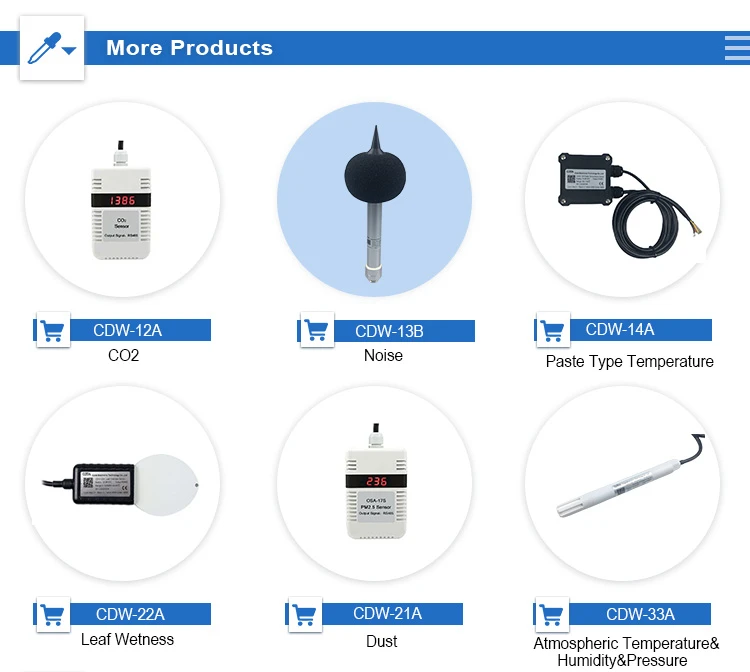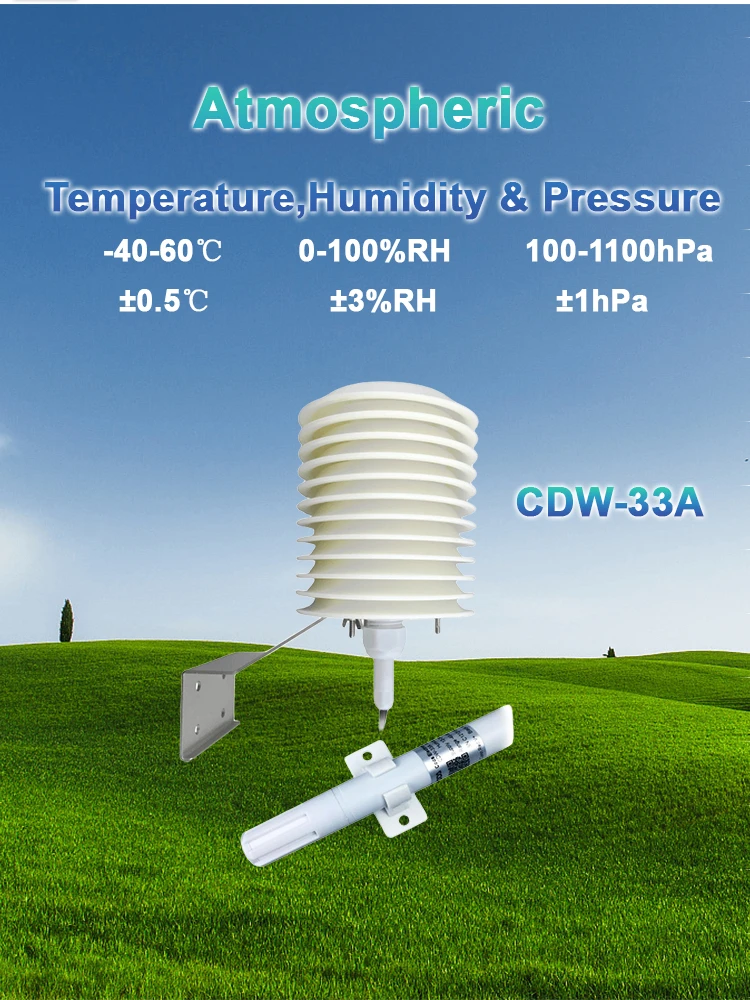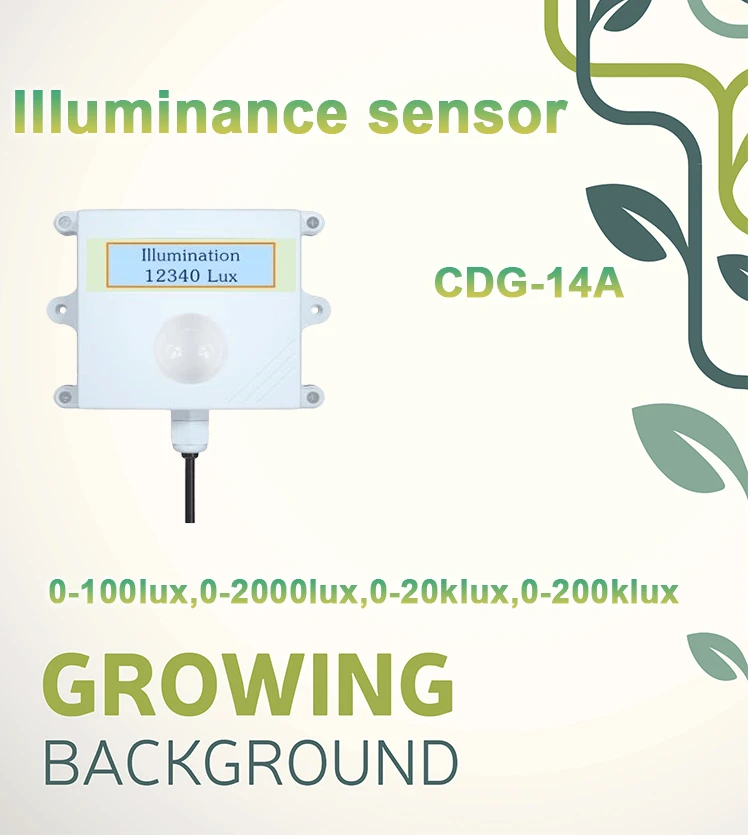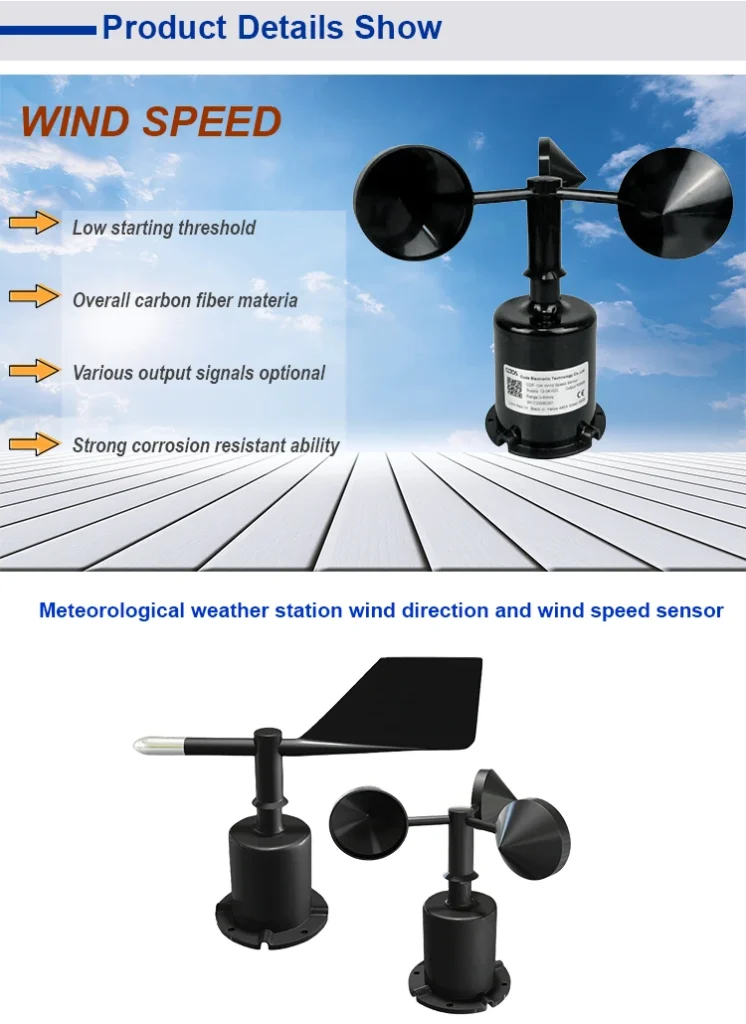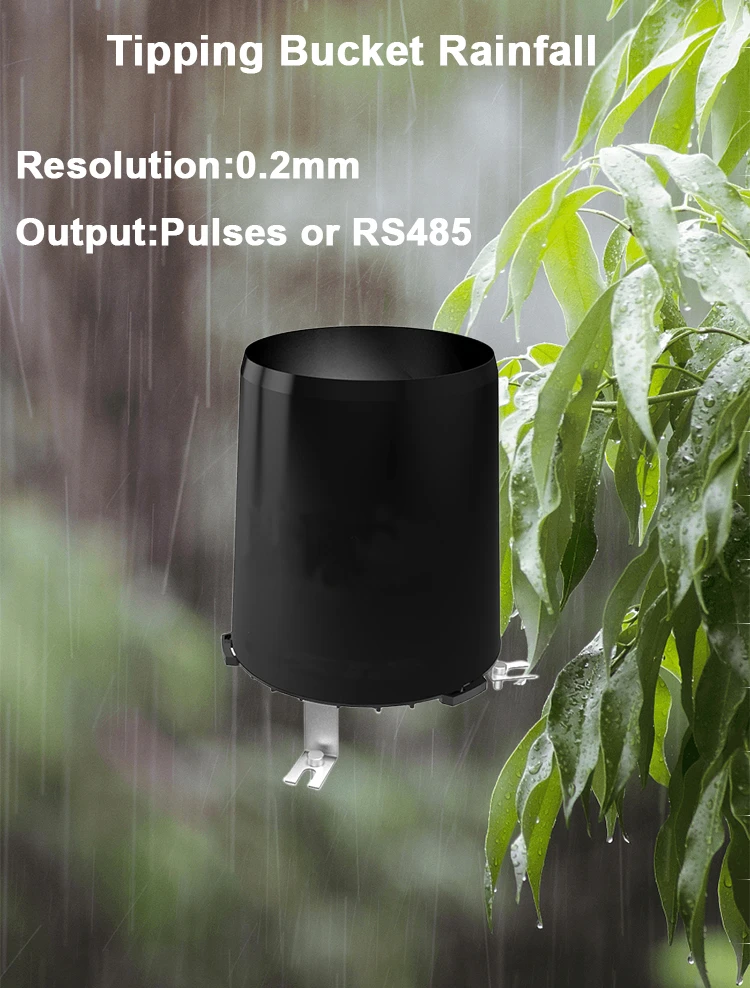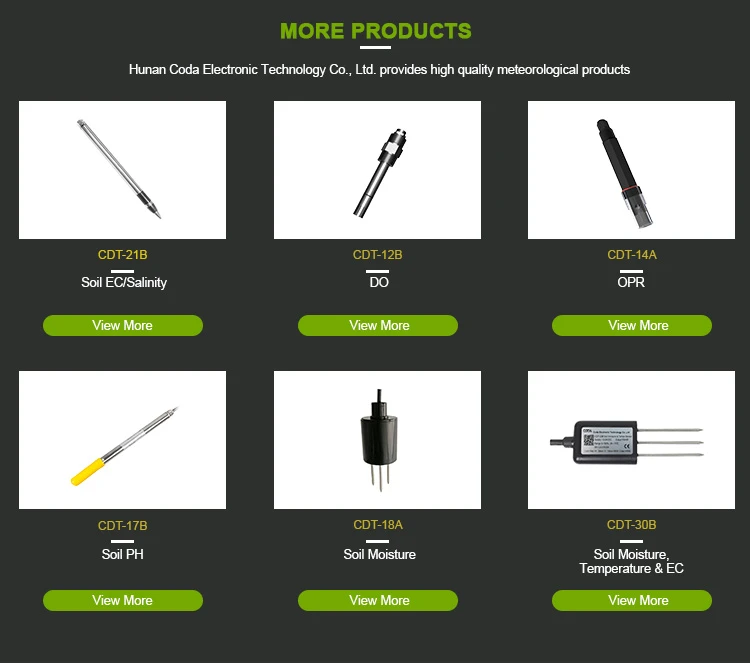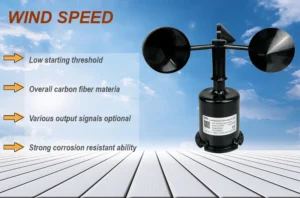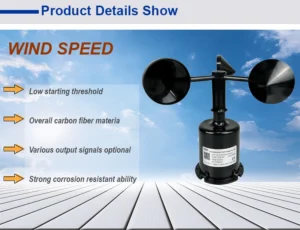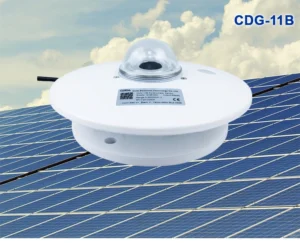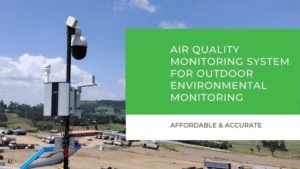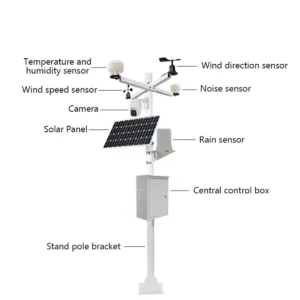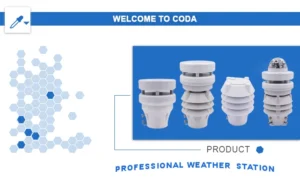Top 10 Environmental Monitoring Sensors
In a time when caring for the environment is very important, environmental monitoring sensors are key. These devices act like the eyes and ears of our ecosystems. They give us important data on different environmental factors.
By tracking and studying these factors, we can make good choices to protect our planet. Here are the top 10 sensors that help keep our environment safe.
1. Temperature and Humidity Sensors
Temperature and humidity sensors are among the most fundamental environmental sensors. People use them to measure the ambient air temperature and the amount of moisture in the air. In indoor settings, wall – mounted temperature and humidity sensors are popular.
They are small, so they don’t take up much space. Designers make them for good airflow, which helps measure data center accurately. These sensors can work for a long time without needing much maintenance.
For outdoor use, we suggest solar shield temperature and humidity sensors. Engineers design them to be very protective. They can handle rain, snow, and strong winds. This makes them perfect for fields, farms, and other open areas.
Once you easy to install it, you can access the data from anywhere in real-time. This helps farmers a lot. They can manage their crops better.
2. Air Quality Sensors
Air quality sensors are important for measuring substances in the air. They track small particles like PM2.5 and PM10. They also detect harmful chemicals like formaldehyde and volatile organic compounds (TVOC).
These sensors also measure helpful things like carbon dioxide and negative oxygen ions. Being in bad air for a long time can lead to serious health problems. This includes breathing issues and some cancers.
Wall-mounted air quality sensors are often used in industries with high dust levels. Their strong waterproof and dustproof cases make them good for tough environments. Negative oxygen ion detectors can measure multiple things at the same time.
They can detect negative oxygen ions, formaldehyde, PM, and CO₂. They also measure ambient temperature and humidity. People often use them in places where they want good air quality, like scenic areas and indoors.
For complete air quality monitoring, multi-function AQI sensors are a good choice. They can track up to 11 different air quality elements at the same time.
3. Atmospheric Pressure Sensors
Atmospheric pressure sensors measure the pressure from the Earth’s atmosphere. Changes in this pressure are closely related to weather. High-pressure areas usually bring clear and sunny skies. In contrast, low-pressure systems often lead to clouds and rain.
By watching atmospheric pressure closely, meteorologists can better predict future weather. This is important for many activities, like flying and farming.
4. Light Sensors
Light sensors measure how bright the light is in the environment. They are very important for remote monitoring the environment, especially in farming. Light plays a key role in photosynthesis. This is the process where plants turn light energy into chemical energy.
By installing light sensors on farms, farmers can optimize the growth conditions for their crops. For example, they can change the amount of artificial light in greenhouses. This change depends on the natural light levels that sensors detect. This way, plants get the right amount of light for the best growth.
5. Soil Sensors
Soil sensors have become very popular in recent years. This is especially true with the growth of smart agriculture and smart irrigation systems. These sensors measure different factors that affect crop growth. They check soil temperature, moisture, and electrical conductivity.
They also check nitrogen, phosphorus, potassium, and soil pH levels. By collecting this data from server room, farmers can make better choices about irrigation, fertilization, and other farming practices. For example, if the soil moisture sensor shows low levels, the farmer can plan for irrigation. Data on nutrient levels can help them decide how much fertilizer to use.
6. Wind Speed and Direction Sensors
Wind speed and direction sensors are important for understanding weather conditions. In modern farming, they track wind patterns. This helps predict changes in the weather and provides early warnings for possible disasters.
Wind is important for spreading pollutants in the air. The direction of the wind shows where pollutants move. Wind speed affects how quickly and far they go. There are two main types of wind sensors.
There are two types of wind sensors. The first type is mechanical. This includes three-cup anemometers to measure wind speed. It also includes wind vanes to show wind direction.
The second type is ultrasonic. Mechanical sensors are often used in farming and weather stations. They can work alone or together.
7. Rainfall Sensors
Rainfall sensors, such as tipping-bucket rain gauges, measure how much it rains. Designers put them in open spaces, away from things that could block or change the rain.
The collected data is important for many uses, like flood forecasting, managing water resources, and planning for agriculture. For instance, in areas prone to floods, real-time rainfall data can help officials give timely evacuation warnings. In farming, knowing the rainfall amount helps farmers decide if they need more water. It also helps them protect their crops from too much water.
8. Gas Sensors
Gas sensors are made to find different gases in the air. They can spot harmful gases like carbon monoxide, methane, and sulfur dioxide. They can also detect useful gases like oxygen.
There are different types of gas sensors. One type is electrochemical sensors. They work by using chemical reactions between the gas and the sensor’s electrodes.
Another type is infrared sensors. These sensors find gases by measuring how much infrared light they take in.
Lastly, there are semiconductor sensors. The resistance of these sensors changes when they touch certain gases. Gas sensors are used in many areas, like industrial safety and indoor air quality control.
9. Water Quality Sensors
Water quality sensors check the health of water bodies such as rivers, lakes, and oceans. Treatment plants also use them to make sure drinking water is safe. These sensors can measure things like pH (acidity or alkalinity), dissolved oxygen levels, electrical conductivity, and turbidity (cloudiness).
A drop in dissolved oxygen levels can show pollution or eutrophication. Changes in pH can also impact aquatic life. Water quality sensors are important for protecting water resources. They help keep drinking water safe and support healthy aquatic ecosystems.
10. Particulate Matter Sensors
Particulate matter sensors are special tools for air quality. They measure small particles in the air, like PM2.5 and PM10. These particles are very small. You can breathe them deep into your lungs.
This can cause serious health problems. This is especially true for people with breathing or heart issues. Cities, factories, and busy roads use sensors for particulate matter. These sensors help check air quality and support efforts to control pollution.
In conclusion, these top 10 environmental monitoring sensors are valuable tools. They help us understand and protect our environment.
They provide important data that helps make smart decisions. This data can help create good environmental policies. It also protects the health and well-being of people and the planet.
